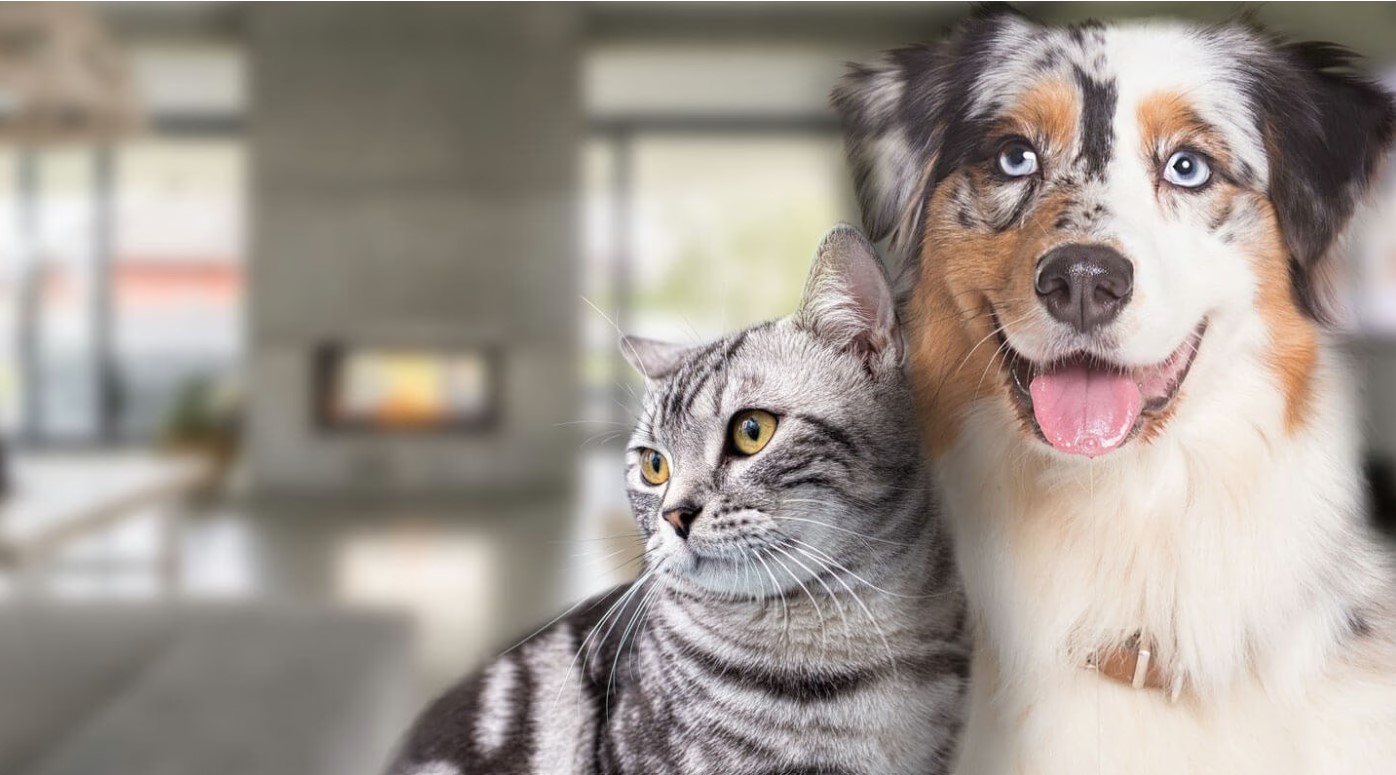IT was the plaintive meowing that drew Judith Xavier to the little kitten, white with a few black spots, lying in a drain exhausted and shivering.
“She was about two weeks old. She looked like she had just opened her eyes,” she said when interviewed recently.
Judith took the kitten to the vet but it had been exposed to the heat and rain for too long. It was unable to eat or drink and soon died.
For years, Judith has been the manager of Seri Talam Cat Gallery and Cafe in Taman Sri Rampai here, which takes in stray cats, so she has seen her fair share of kitten and cat deaths during attempted rescues.
Yet the kitten’s death upset her because it had been dumped to face the elements at such a young age.
She said the cats in the cafe gallery, which houses 140 cats, are feeling the heat as well, preferring to lie on the cool bathroom floor. Outside, more stray cats are seeking relief in the building where the cafe is located.
Although the heatwave that Malaysia has been experiencing since March is waning, Judith and other animal experts warn that pet owners should still take steps to protect the animals’ health and well-being.
In a statement issued on Tuesday (April 23), the Malaysian Meteorological Department (MetMalaysia) said the heatwave is still ongoing but nearing the end.
Despite that, many hot spots remain in Malaysia. To date, 51 cases of heat-related illnesses have been reported including 13 heatstroke cases. There were three heat-related deaths.
There is no data on pets and strays but they suffer from the heatwave nonetheless. Animal groups say most of the strays in Malaysia are abandoned or dumped pets, whose numbers spiked after the COVID-19 pandemic.
Malaysian Small Animal Veterinary Association president Dr Tan Check Nam said heat most commonly affected dogs, cats and rabbits.
“And the most common sign that an animal is under heat stress is that it can get dehydrated. And also if we don’t really manage the condition well, then the animal will suffer heatstroke,” he added.
Symptoms include vomiting, salivating more than usual, and neurological signs like seizures and diarrhoea. Untreated, the animal can die or sustain damage to the liver and kidneys. Obesity can also affect how well the animal can deal with heat.
Dogs and cats are natural purgers, as in they will vomit to clear their system of unwanted food, fur or material, so it may be difficult for some pet owners to ascertain whether their pet is only coughing up a hairball or feeling ill from the heat.
In that case, Dr Tan said the owners should check if the vomiting is accompanied by other symptoms such as lethargy and loss of appetite.
To prevent heat-related illnesses, he said pets should be kept indoors as much as possible with access to plenty of clean water. He stressed that rabbits also need water.
“Owners think rabbits don’t need to drink water. They (think rabbits) can take water from fruits or from some vegetables. So they never offer water to rabbits,” he further added.
He also cautioned that rabbits suffering from heatstroke will exhibit different symptoms from cats and dogs. The main one is paralysis.
Stray Animals Foundation Malaysia president R. Kalaivanan said the same advice applies to strays.
“(If possible,) people should bring them indoors, or put them in shaded areas with proper ventilation. They must also have clean water.”
According to him, they should also brush and groom the animals due to fur shedding as this would help the animals keep cool.
His organisation, which also accepts reports of animal cruelty, provides drinking water at stray feeding stations in some locations in the Klang Valley. Its other activities include street feeding programmes for strays and assisting animal shelters.
Kalaivanan also added that pet owners or animal lovers should avoid engaging the animals in outdoor activities during the hottest part of the day.
Locking or leaving a pet in the car under the hot sun is another no-no.
Likening it to a microwave, Dr Tan said animals, like small children, can quickly deteriorate within 10 to 15 minutes in a hot environment.
Dr Tan, who runs a veterinary practice in Johor, said he sees more dogs suffering from heat-related illnesses than cats, even though the number of heatstroke cases among pets has reduced compared to pre-COVID-19 times.
The dangers to pets and strays during a heatwave are not restricted to just heat stroke.
Although it affects cats less than dogs, the dangers to cats can come in many ways.
“(Being) outdoors is a bigger threat to cats than heatstroke,” said Dr Tan. “If you leave your cat out, I think (they are more at risk of) car accidents, or being bitten by dogs.”
Judith agreed, saying she has seen many cats hiding under cars to escape the heat and then getting run over.
As such, the experts urged families not to turn their pets into temporary strays when they go on vacation, for example, during the school holidays. The first term school holidays will be from May 24 to June 2.
Judith stated it is dangerous for families to leave their pets, usually cats, outdoors to fend for themselves when they go on vacation. And if the pet is not spayed or neutered, they may get pregnant and their offspring dumped.
“(The pets) don’t know what to do when you dump them. They actually don’t know how to care for themselves. They don’t know how to fend for themselves. So they tend to get into (riskier situations).”
She added she would see the number of strays around her cafe spiking during long holidays.
One option is boarding at a pet hotel. However, Dr Tan cautioned that not all pets are suited for such places as some animals may be too high-strung and anxious to deal with unfamiliar noises and scents.
“If it is up to me, the best environment for pets will still be at home. Because if you bring them to a boarding centre, definitely it is a change of environment. It’s a stressor to the animals.” – April 25, 2024
Main photo credit: IAMS-Malaysia










